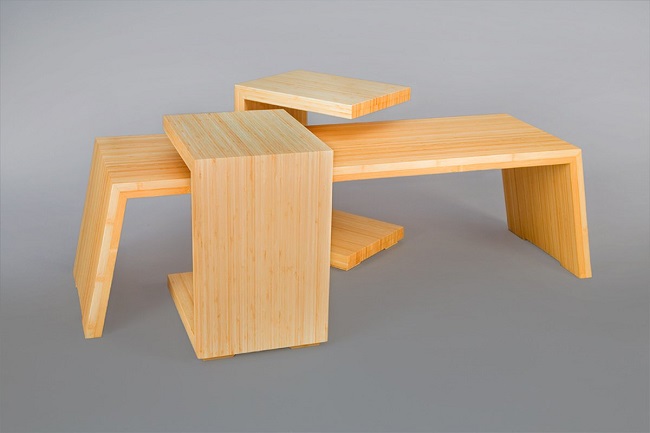Bamboo Plywood: Popular for Sustainable Growing
Dec 3, 2025, 9:20 AM
Bamboo, either in laminate form or as plywood has been a popular material choice in interior finishes since the 90’s. Though it is not just popular for flooring material, it is widely popular for using as furniture, jewelry and utensils as well. It is a great material as the sustainable growing and harvesting reputation that bamboo is popular for.
Since the wooden products are getting into lot of law and enforcement issues between countries and in states as well, it is time to replace the wooden products with bamboo products. The laser cuts of bamboo are beautiful, and they are quite popular material choices in many countries right now. They offer different thicknesses of bamboo plywood and natural laminate form. The thin and durable bamboo plywood can be cut to a fine detail is perfect for office and house decoration.
Since the plywood made of bamboos are structurally stronger than natural wood, it can be ideally used for making furniture and bedroom sets. Bamboo is a wonderful choice for furniture in your house and for flooring purposes. It is not too thick, but it is durable and easily finished and maintainable. Whether you are making bedroom furniture or living room furniture, you can use bamboo materials without a hint of doubt.
Types of bamboo plywood:
Bamboo plywood can be divided into 2 types which is vertical and horizontal-grain orientation.
In vertical bamboo, the bamboo strips are stood vertically on their narrowest edge and then press laminated side to side.
In horizontal bamboo, the bamboo strips are arranged in a horizontal direction on the edge and joined side by side with adjacent pieces using a high-pressure laminate system. The effect of vertical bamboo is lined with finished bamboo board. The natural horizontal-grain of the bamboo is visible on the finished horizontal surface.
Properties of vertical & horizontal bamboo plywood:
The mechanical properties and stability of vertical grain is more strong than horizontal. Horizontal bamboo is suggested for small items like the bamboo cutting boards and other bamboo boxes as it doesn’t require much on the strength test for small bamboo items. For any furniture or construction usage, vertical bamboo is strongly recommended though because of the strength it provides. The horizontal bamboo is more attractive because of the bamboo grain.
Combined work with both vertical and horizontal bamboo is a great way to balance a design where beauty and strength both can be retailed. For example the “sandwich” style, keep the horizontal bamboo on both sides and the vertical bamboo in the middle layer. The horizontal bamboo grain will make the design look beautiful and higher strength of vertical bamboo inside will make it strong.
Bamboo is getting popular day after day because it grows so fast that it can produce 20 times more timber than trees. Bamboos might be soft as a material but bamboo plywood is very durable as the hardest hardwoods in the world. It is used in warehouses as well because of its natural rich color variations. The surface finish is smooth, and the material is very hard, so it can be compared to hardwoods such as Walnut or Oak. It produces 35% more oxygen than deciduous trees such as the oak, this makes bamboo a much more efficient material at cleaning the polluted air around us.



 皖公网安备 34180202000049号
皖公网安备 34180202000049号